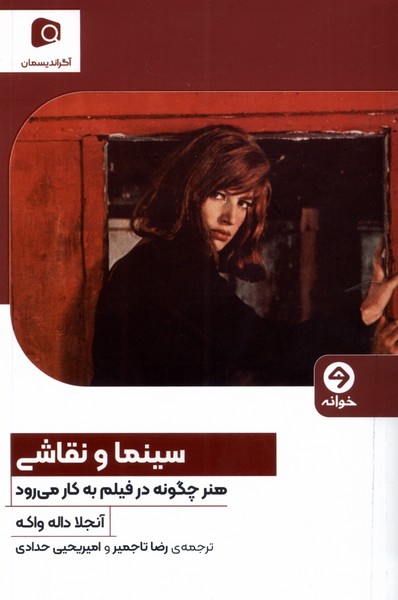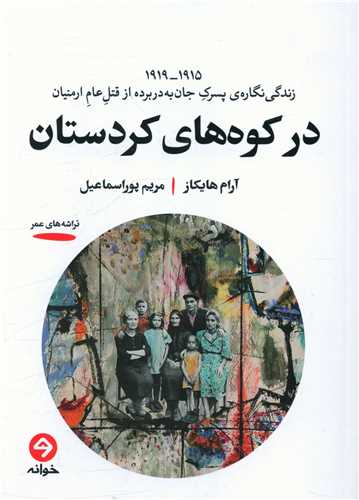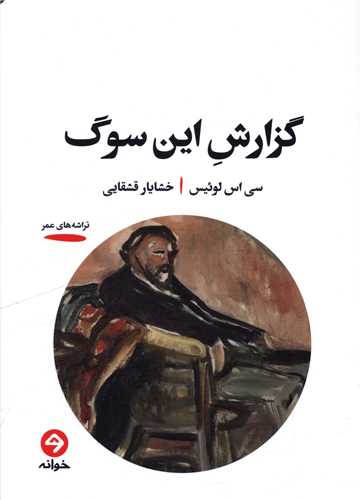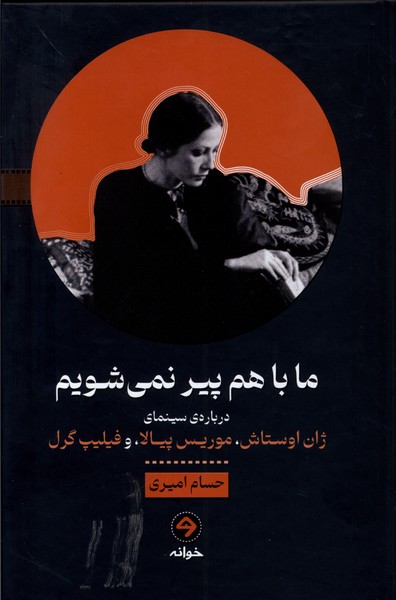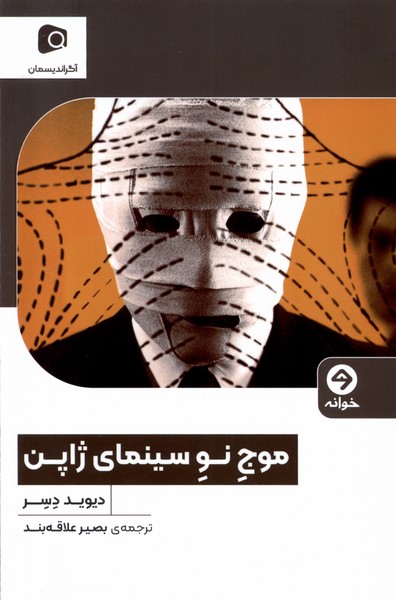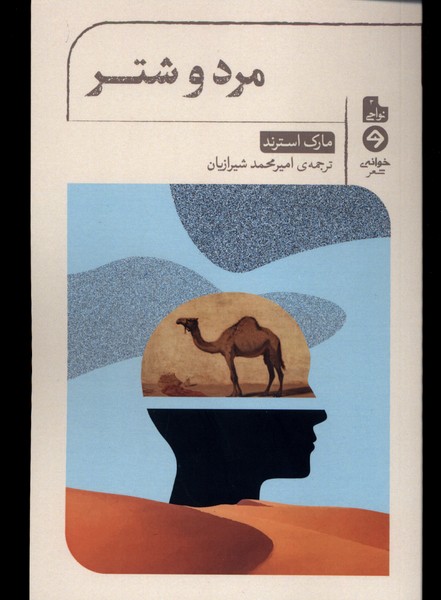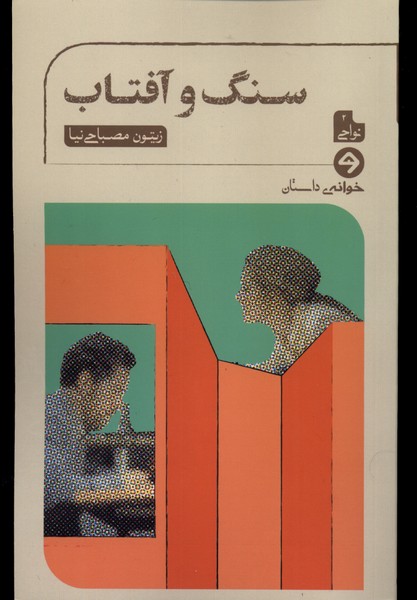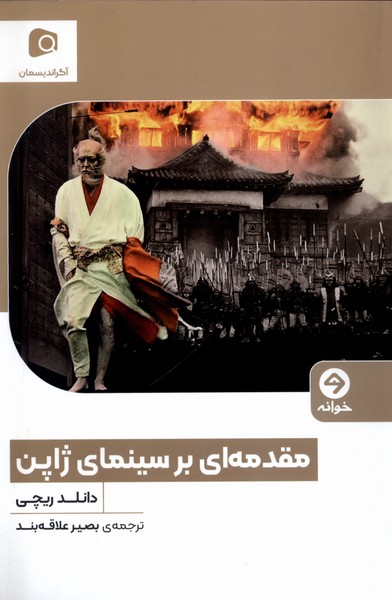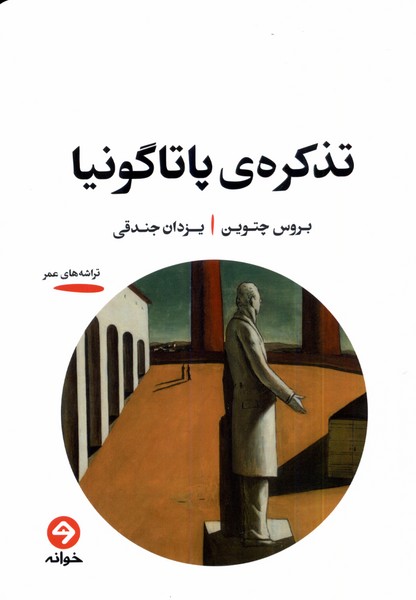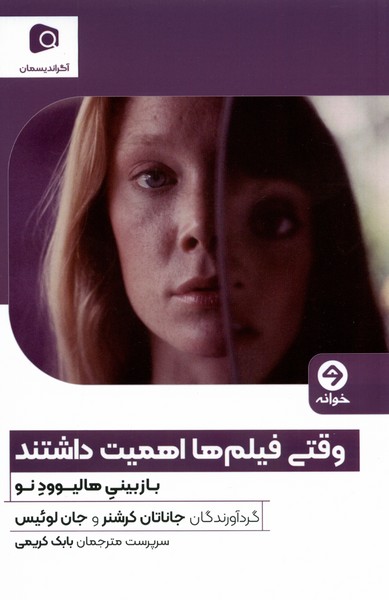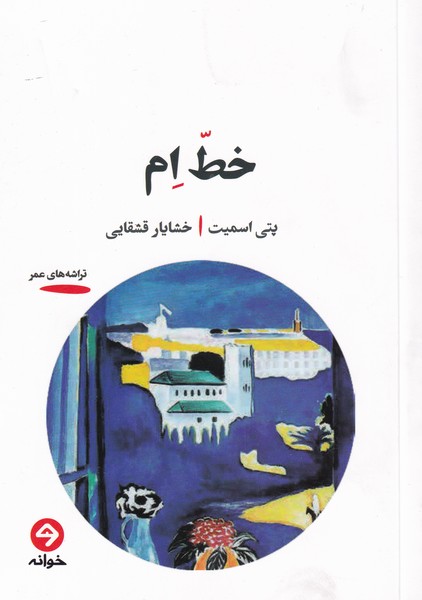Sinama va naqashi: Persian 2023
سینما و نقاشی
23.65 $
Share
Wishlist
Original Title:
Cinema and Painting: How Art Is Used in Film
ISBN:
9786229794999
Translator:
Rizā tājmīr
,
Amīryaḥyā ḥadādī
Publisher:
khvanah
Age Group:
Adult
Pages:
440
Weight:
346 g
Dimensions:
14 x 21 x 4 cm
Book Cover:
Board Books
As soon as the cinema became a cinema, it changed not only its art and history but the entire history of everything we know! All the linear ideas and the upstream macro-narratives, with the emergence and presence of cinema, have suddenly become disorganized and multiple realities have turned into narratives that frame and destroy history in its points! The relationship between cinema and painting finds meaning in this ability to stagnate and destruction of films. The history of art is still before the history/s of cinema, with its 19th-century desire, as if it is incapable of understanding its presence in movies, an uninvited but possible and mandatory presence! In the book "Cinema and Painting: How Art is Used in Film", "Angela Dale Wake" presented films with an intertextual perspective and pursued the search of cinema history in the history of art and the history of painting in cinema in order to achieve theoretical and analytical richness. In the end, cinema is the problem: "Cinema is the hero of my book, and the history of art in this book makes sense in relation to cinema. In short, the film has the last word." The author focuses on eight films (An American in Paris, Red Desert, Marquis A, Piero Khale, Andrey Rublev, Nosferato, Atamara and Five Women Close to Him and Therese) and from Minnelli and Antonioni to Romer, Godard, Tarkovsky and Murnau, Mizoguchi, and Cavaliere discuss "the encounter between cinema and painting... which redefines gender roles" and "the tension between art and technology" and ultimately leads the reader to a path that wants: "To the readers of this book, a lens I present a very new movie so that they can look at the old and stable field and knowledge of art history.
more
سینما به محض سینماشدنش، نه فقط هنر و تاریخش بلکه کلیت تاریخ هرچیزی که میشناسیم را دگرگون کرد! همهی انگارههای خطی و کلانروایتهای بالادستی، با ظهور و حضور سینما به ناگه مضمحل شده و واقعیتهای متکثر به روایتهایی بدل شدند که تاریخ را در نقطهنقطههایش قاب کرده و منهدم میکنند! رابطهی سینما و نقاشی در همین توان ایستایی و انهدام فیلمها معنا مییابد. تاریخ هنر هنوز پیش از تاریخ/ های سینما، با آن میل قرن نوزدهمیاش، گویی ناتوان است از فهم حضوری که در فیلمها دارد، حضوری بی دعوت ولی ممکن شده و الزامی! «آنجلا داله واکه» در کتاب «سینما و نقاشی: هنر چگونه در فیلم به کار میرود» با منظری بینامتنی، فیلمهایی را پیش رو گذاشته و جستوجویی تاریخ سینمایی را در تاریخ هنر و تاریخ نقاشی در سینما پی گرفته تا به غنایی نظری و تحلیلی برسد که درنهایت سینما مسئلهی آن است: «سینما قهرمان کتاب من است و تاریخ هنر در این کتاب در ارتباط با سینما معنا مییابد. خلاصه اینکه فیلم حرف آخر را میزند.» نویسنده هشت فیلم (یک آمریکایی در پاریس، صحرای سرخ، مارکیز ا، پیرو خله،آندری روبلف، نوسفراتو، اتامارا و پنج زن نزدیک به او و ترز) را محور بحثهایش قرار داده و از مینلی و آنتونیونی تا رومر و گدار و تارکوفسکی و مورنائو و میزوگوچی و کاوالیه، بحثهایی پیرامون «مواجههی سینما و نقاشی... که نقشهای جنسیتی را بازتعریف میکند» و «تنش میان هنر و تکنولوژی» پرداخته و درنهایت خوانندهاش را به مسیری سوق میدهد که میخواهد: «به خوانندگان این کتاب یک لنز بسیار جدید سینمایی ارائه میدهم تا با آن به رشته و دانش قدیمی و پابرجای تاریخ هنر بنگرند.»
more

